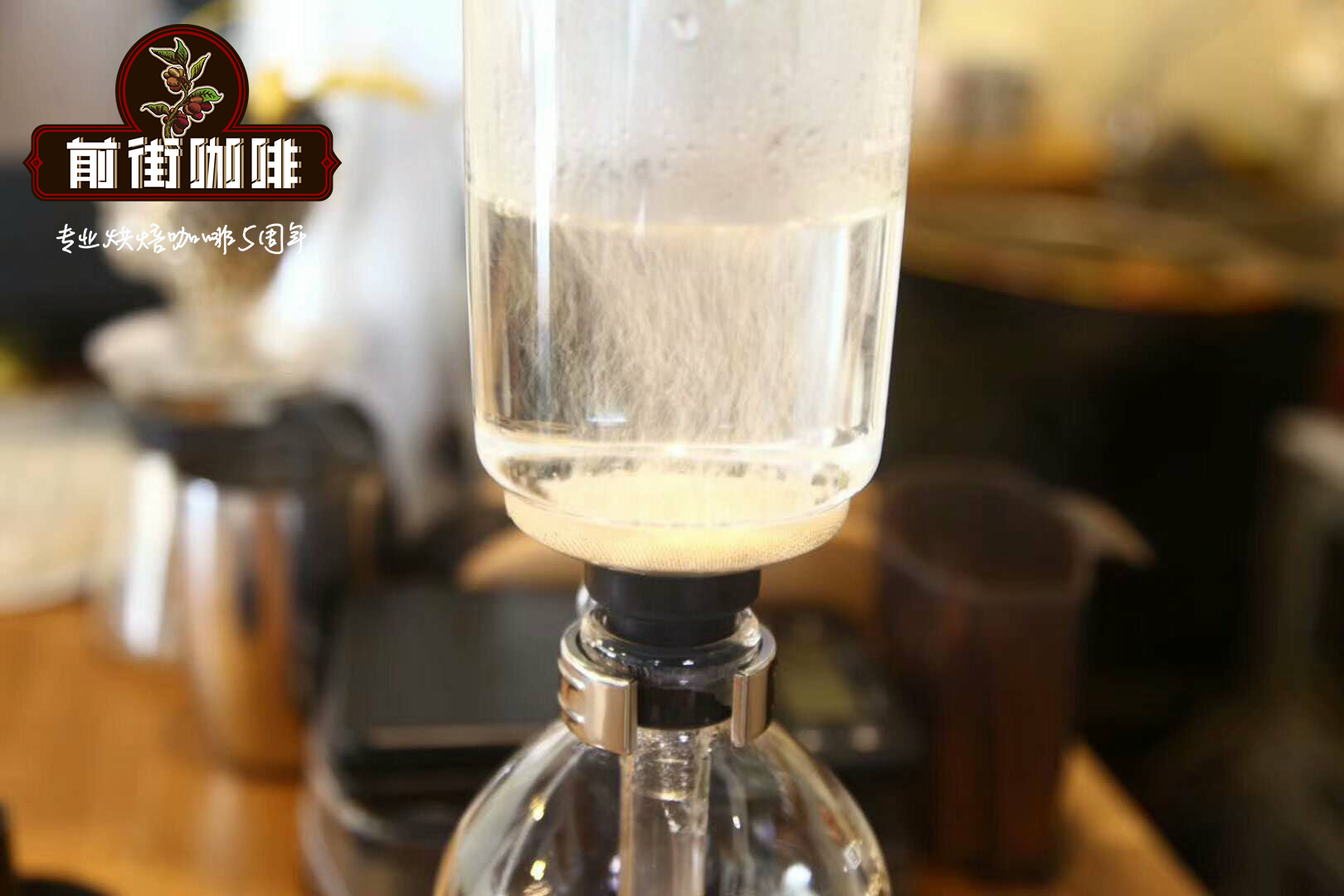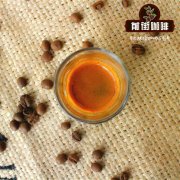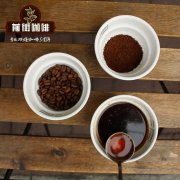What is a siphon pot? What is its principle? Where did it come from?

Professional coffee knowledge exchange more coffee bean information please follow the coffee workshop (Wechat official account cafe_style)
What is a siphon pot? What is its principle? Where did it come from?
Siphon coffee pot, also known as Saifeng pot, it originated in Germany. The principle is to heat the gas in the pot, increase the pressure, and push the water to the upper pot to extract coffee. Siphon pots are now a popular way to make coffee in Japan, and siphon pots are gradually being used in Taiwan.
A glass pot shaped like a gourd, the upper part and the lower part can be disassembled, [1] and the middle is connected by a conduit. When in use, the lower half will be filled with boiling water, and then heat the pot with an alcohol lamp. The upper half of the siphon pot will be first put into the filter paper or cloth, and then put the coffee powder on the top half. When the water in the lower pot begins to boil, you can insert the upper pot into the lower pot. Alcohol is generally used to heat the siphon pot made of pure glass. At present, the bottom of some siphon pots is equipped with steel sheets, which can be used with induction cookers. When the water in the pot is heated, it will be converted into water vapor, and the pressure on the surface of the water will increase. So the boiled water enters from the catheter to hold the ground coffee. Then re-enter the bottom through the filter paper or filter cloth, and then pour out the lower half of the coffee to drink. [2]
Sports Acrobatics
Professional siphon coffee cooking will carry out different mixing or water treatment techniques according to climate, humidity, space temperature, bean species and roasting degree. Often siphon coffee will be roasted to a medium-shallow degree, because its indirect heating and longer soaking methods can reflect the delicate coffee level and fruit sweetness, which is different from the strong aroma and oil aroma of heavy-roasted coffee. Because siphon techniques require experience, siphon coffee is often mistaken for a poor way of cooking coffee. The general state of overcooking is as follows: bitterness comes from overcooking (overcooked, or the beans are scorched by high water temperature), astringency comes from soaking for too long, and sour taste comes from excessive stirring. However, experienced and mastered the appropriate siphon coffee because of its high-temperature cooking method, can completely extract the sweetness and gum of coffee, making the mouth fragrant and full of sweetness.
A glass test tube in a laboratory triggered the invention of the siphon coffee maker (Syphon). The British took the test tube used in Biya's chemical experiment as a model to create the first vacuum coffee pot. Two years later, Mrs. Bachang of France improved the kettle with a bit of spring shape, and the familiar upper and lower convection siphon pot was born.
The siphon coffee maker lived in France for a long time, but never got a good chance to be very popular.
It became popular for the first time when it was brought to Denmark and Japan in the mid-20th century.
The Japanese like the "tortoise hair" personality of the siphon pot technology standard, carefully deliberating the complex relationship between the size of coffee powder, water and time to mobilize the whole army, and develop a well-regulated coffee path.
The aestheticist Danes focused on functional design, Peter, who imported siphon pots from France in the mid-1950s. Bolton (PeterBodum), who thought French-made pots were expensive and difficult to use, partnered with architect Kaas Klaeson to develop Bodum's first styling siphon pot, which went public under the name "Santos".
The siphon coffee maker always has a hint of mystery in the impression of most people. Siphon coffee pot plays an important role in the history of coffee development in Taiwan. In recent years, the so-called ground coffee (Italian espresso) has become very popular. By comparison, this siphon coffee maker requires higher technology and more cumbersome procedures. In today's industrial and commercial society, there is a tendency to decline gradually, but the mellow flavor of coffee brewed by siphon coffee pot can not be compared with ground coffee brewed by machine.
Most people often have little knowledge of it, or even have the wrong impression, there are usually two extreme views, one is that some people are cautious and frightened about it, and what about the other? It is thought that using a siphon coffee maker is nothing more than boiling the water and stirring the coffee powder; in addition, some people think that the siphon coffee pot looks very dangerous, but as long as it is improperly used, every method of brewing coffee has hidden dangers.
Important Notice :
前街咖啡 FrontStreet Coffee has moved to new addredd:
FrontStreet Coffee Address: 315,Donghua East Road,GuangZhou
Tel:020 38364473
- Prev

What is pre-soaking? How to presoak espresso in Italian style?
Professional coffee knowledge exchange more coffee bean information please follow the coffee workshop (Wechat official account cafe_style) prepreg, only two purposes. Or, to be precise, all baristas eventually return to two purposes: to avoid the tunneling effect (pull a longer shot), and to extract the right extraction rate. In the case of baristas, as long as the whole powder and filling are effective.
- Next

What is a cup test? Do you know how to fill out the cup test form?
What is a cup test? Do you know how to fill out the cup test form? Coffee cupping, Chinese translated as coffee cup test, cup taste or cup evaluation, is a very magical and simple coffee sensory evaluation method. The quality of coffee is judged by taste, which is called coffee cup test. And the person who evaluates is called coffee quality appraiser. Similar to wine tasting, cup testing, to make coffee flow back and forth in the mouth
Related
- Beginners will see the "Coffee pull flower" guide!
- What is the difference between ice blog purified milk and ordinary milk coffee?
- Why is the Philippines the largest producer of crops in Liberia?
- For coffee extraction, should the fine powder be retained?
- How does extracted espresso fill pressed powder? How much strength does it take to press the powder?
- How to make jasmine cold extract coffee? Is the jasmine + latte good?
- Will this little toy really make the coffee taste better? How does Lily Drip affect coffee extraction?
- Will the action of slapping the filter cup also affect coffee extraction?
- What's the difference between powder-to-water ratio and powder-to-liquid ratio?
- What is the Ethiopian local species? What does it have to do with Heirloom native species?

